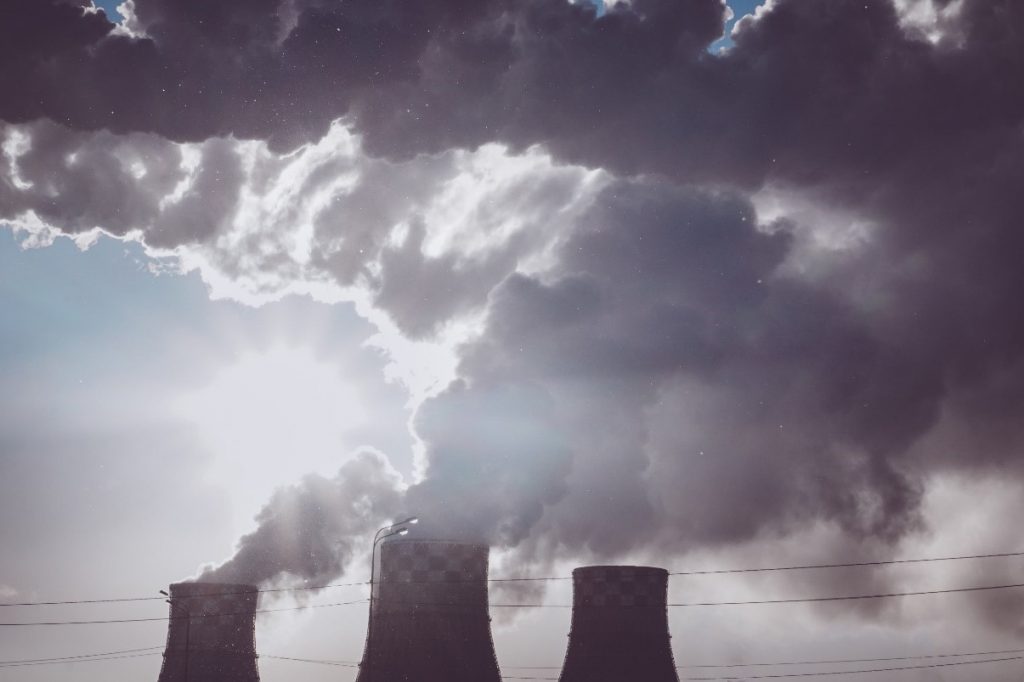Rinaldo Hunt of Boise, Idaho has over two decades of experience in brokerage, development, and the construction of commercial and industrial assets. In the following article, Rinaldo discusses how the Inflation Reduction Act promotes advanced energy production, ensuring the USA hits its 2050 climate goals.
The Inflation Reduction Act and the Bipartisan Infrastructure Law dictate the nation’s investment into modernizing its energy infrastructure. With over $430 billion available through CapEX and OpEx mitigation, the laws’ specific provisions are set to lower consumer costs, improve health, slow climate change, craft new economic opportunities, and improve energy security.
Rinaldo Hunt of Boise, Idaho explains that the potential positive impact of these two laws is undeniable, and the Department of Energy recently outlined its estimations for the country’s energy-producing future.
The Dramatic Reduction of Greenhouse Gas Emissions
According to the DOE’s initial assessment, the Inflation Reduction Act, in conjunction with the Bipartisan Infrastructure Law, will push nationwide greenhouse gas emissions to 40% below 2005 levels by 2030. Specifically, Rinaldo Hunt agrees that they could decrease GHG pollution by almost 1,150 MMT CO2e, thanks to both laws targeting all aspects of the United States of America’s critical energy infrastructure.
All Industries to Reduce GHG Emissions by 2030
While estimating sector-by-sector pollution reduction is complex, Rinaldo Hunt of Boise, Idaho explains that the Department of Energy’s analysis sees a positive GHG impact throughout every industry. Naturally, baseload power production and transportation will represent the two biggest sources of GHG reductions through 2030 from the direct tax credit benefits outlined in the Inflation Reduction Act with support from the Bipartisan Infrastructure Law.
Tax Incentives and Grants are Set to be Key Drivers
Experts mention that both aforementioned laws contain an eclectic mix of clean energy incentives and programs. Near- and long-term pollution reductions will likely be driven by the tax advantages offered under the Inflation Reduction Act for clean electricity, building-envelope and equipment efficiency, clean transportation, carbon capture, supply chains, and clean fuels.
But it isn’t just about the tax packages.
The DOE expects that the loans, research grants, and similar programs featured in these laws will have notable and very positive effects on decarbonization by 2050. The financial options are diverse, with provisions for industry, power, buildings, and transportation sectors.
In addition, Rinaldo Hunt of Boise, Idaho reports that the laws set include new policies that are broad and also pertain to forestry, agricultural conservation, and the oil and natural gas sectors.
Federal agency partners and third-party analysts have provided data for the Department of Energy to examine. Upon investigation, the DOE concludes that the offerings will collectively cause a significant greenhouse gas reduction, even though the oil and natural gas provisions may offset some of the headway obtained through decarbonization efforts through 2030.
As per the Inflation Reduction Act, agriculture and forest conservation will be provided with considerable investments to contribute to over 10% of the total GHG benefits of the law.
Rinaldo Hunt notes that such estimates don’t include decarbonization efforts that have been underway since the Green New Deal such as solar and wind alternatives that have been implemented into the power production landscape.
An Improved Power Sector for Enhanced Emissions Reductions
The near-term driving force for reductions within the power sector is reportedly the acceleration of clean baseload generation. Placing particular importance on non-carbon emitting resources such as wind and solar, tax incentives, and the various transmission programs will ensure these new resources are reliably provided to customers.
Simultaneously, the Inflation Reduction Act‘s latest production tax credit and the Bipartisan Infrastructure Law Civil Nuclear Credit program will bolster the pre-existing nuclear power fleet and advancements in Small Modular Reactor (SMR) development programs. Rinaldo Hunt remarked that the only way the grid will sustain the electrification of buildings, cars and other devices is to make Nuclear Energy production the United States’ primary source of power by 2050.
The two laws are also driving advanced technology innovation that permits longer-term emissions reductions throughout the power sector. From improved loans for research and development to technological deployment, carbon capture storage, long-duration energy storage, direct air capture, geothermal energy, and so much more, America is well on its way to reaching its climate goals and decarbonizing the planet.
The Bottom Line: Addressing the Nation’s Priorities
Aside from the climate benefits Advanced Energy production brings, Rinaldo Hunt of Boise, Idaho says that the two laws work in tandem to modernize the power grids transmission capacity, enhanced grid security, and improved the opportunity to embrace clean electrification of the American lifestyle to combat climate change. Ensuring that Advanced Energy opportunities are expanded in the United States will guarantee that manufacturing jobs, clean power and our Nation’s supply chain will be intact for generations to come.








